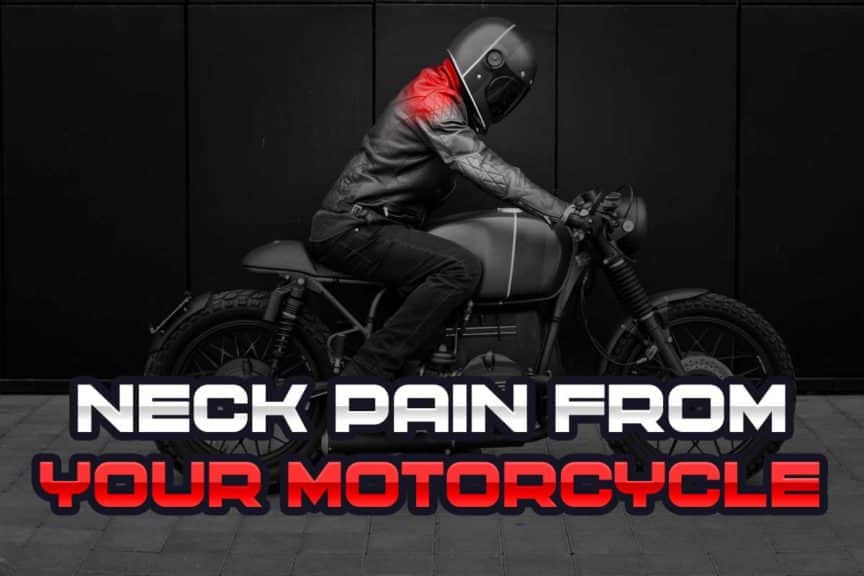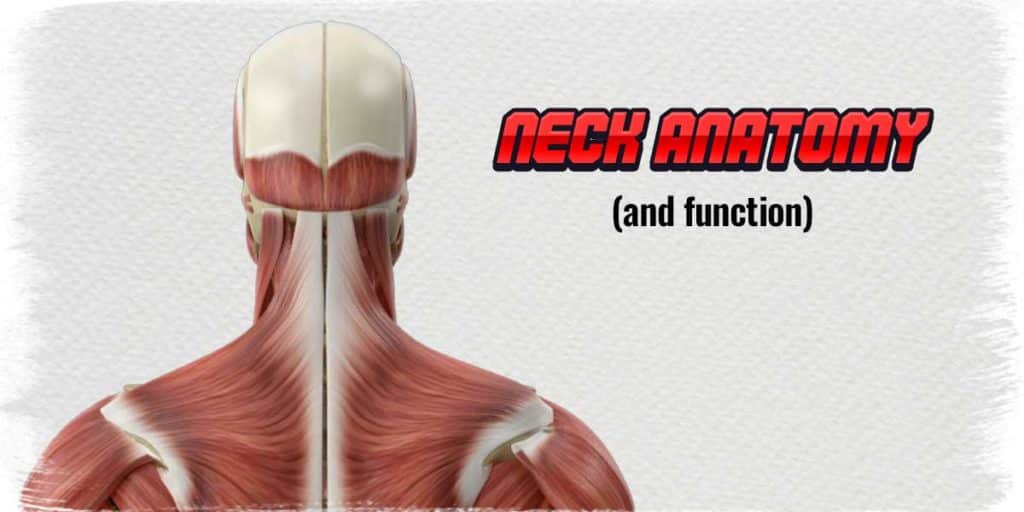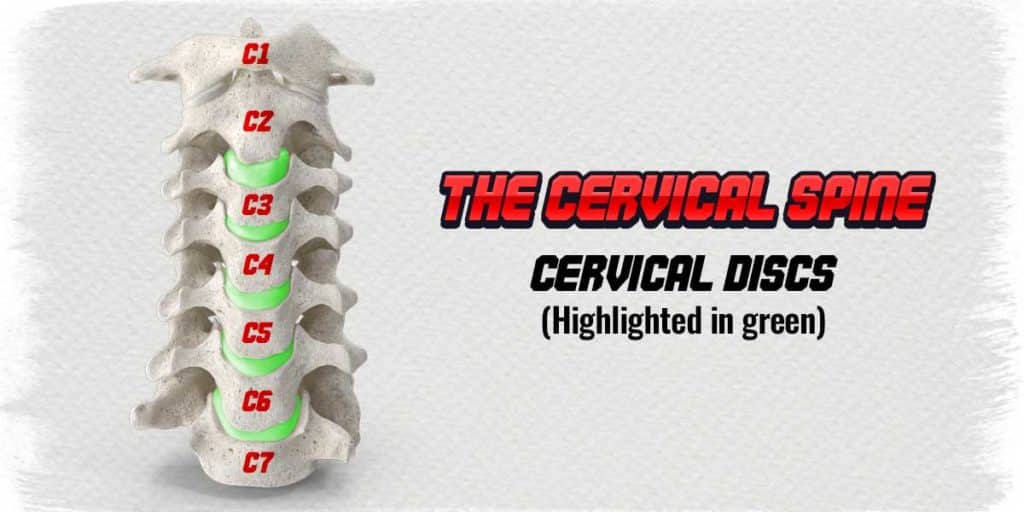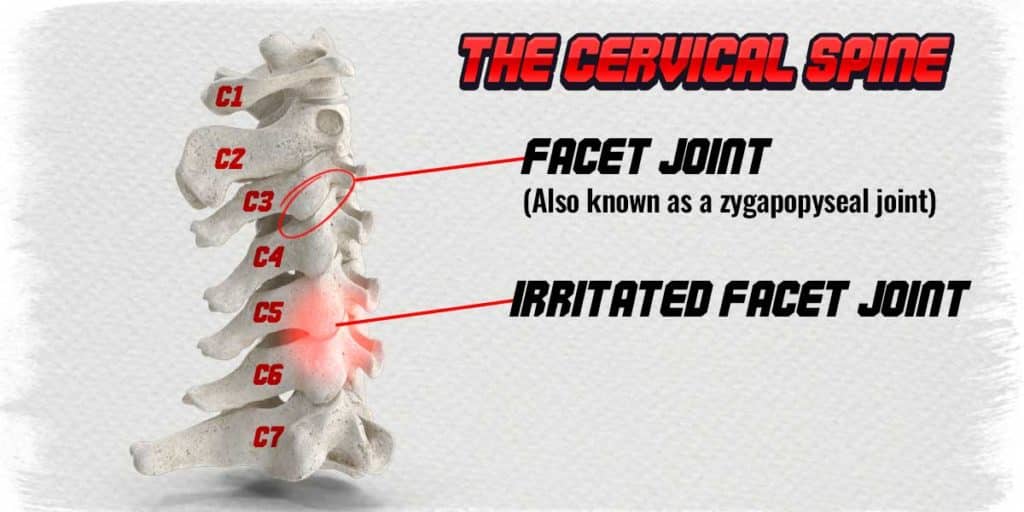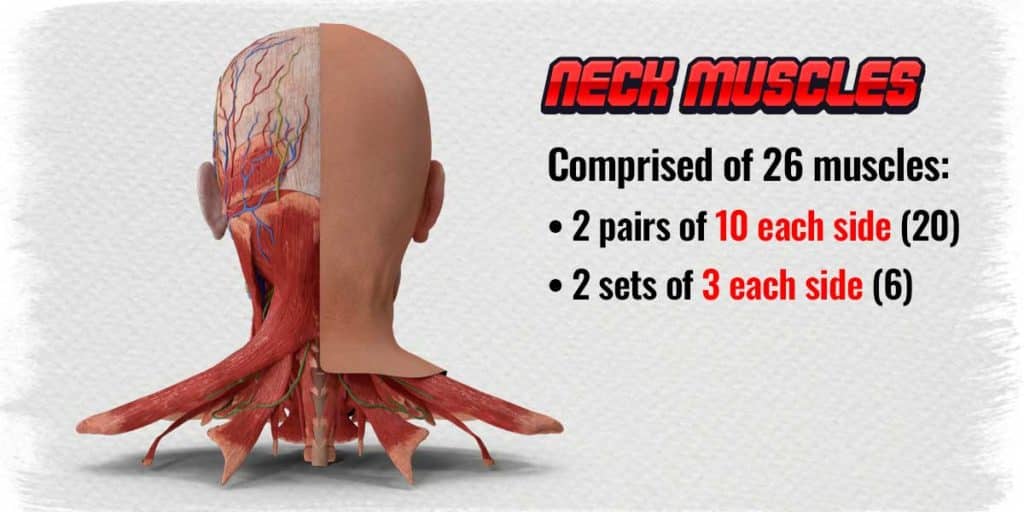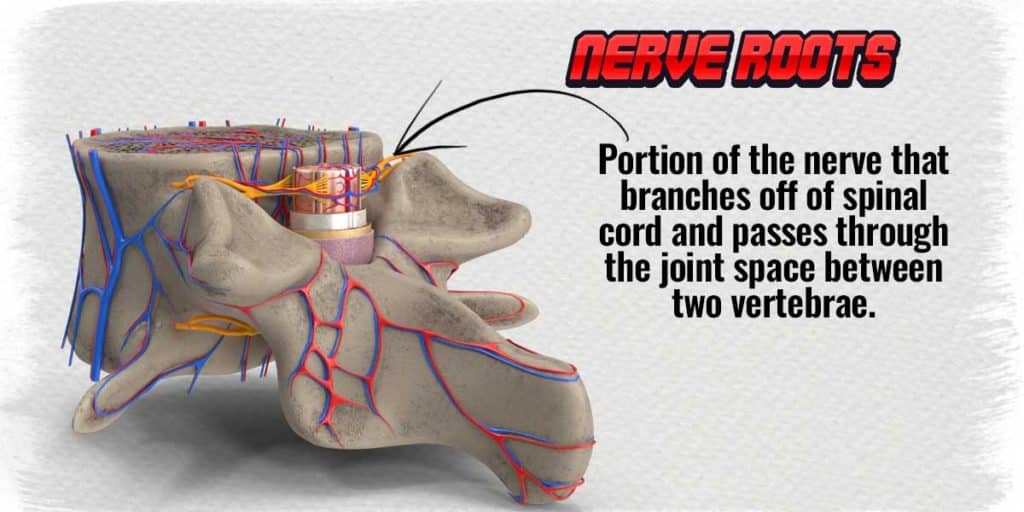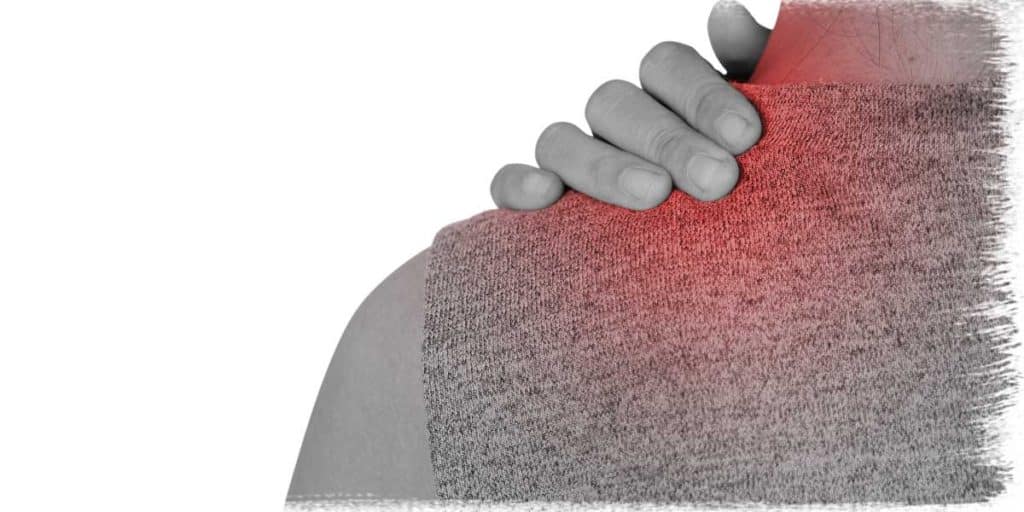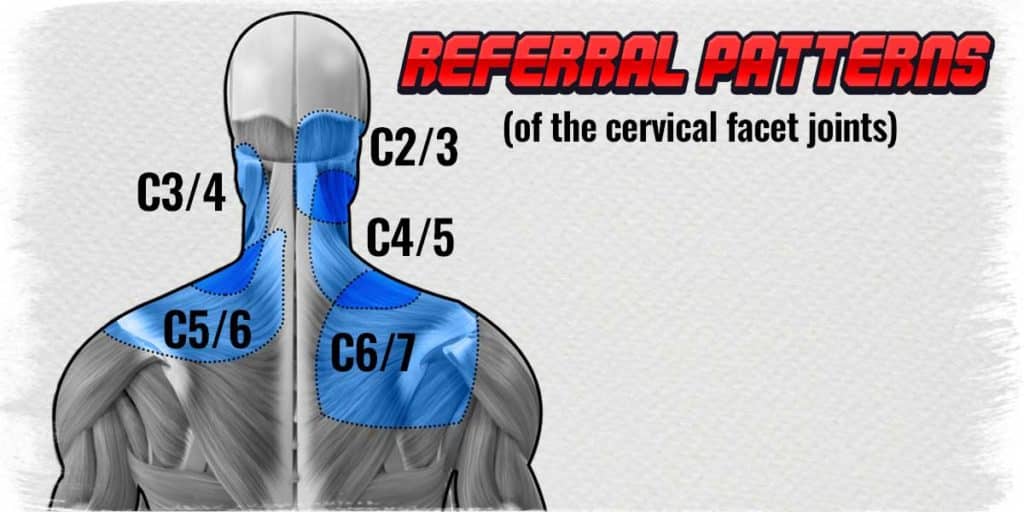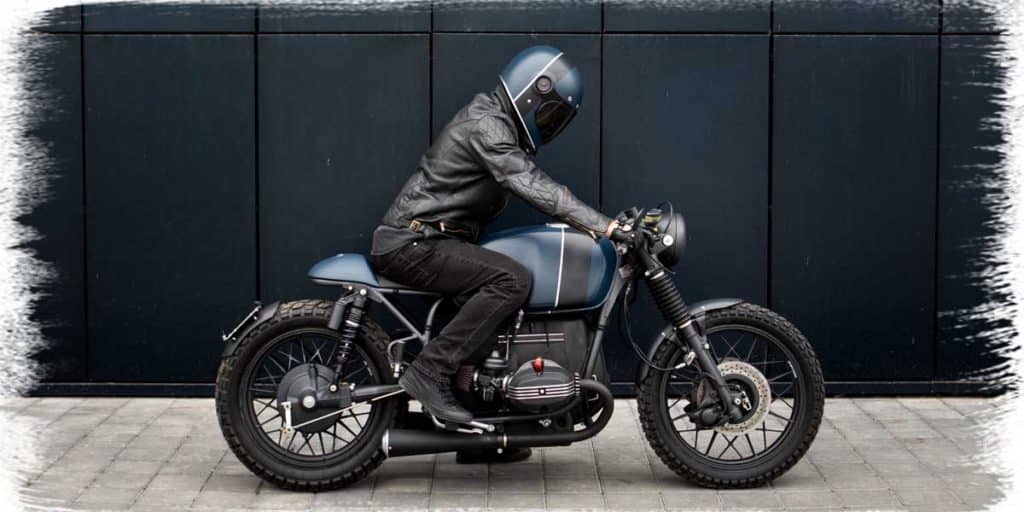As of lately, I’ve been having a lot of success with rehabilitating the necks of the patients whom I treat within the clinic. My latest success is from a patient experiencing debilitating neck pain after riding their motorcycle, preventing them from riding altogether. They’re now riding multiple times per week with minimal discomfort (and they keep getting better)!
As a result, I thought this would be a great chance to write an article to help serve other individuals experiencing the same situation when riding. While neck pain can be rather complex, there are often some key reasons why neck pain occurs during or after riding.
Neck pain often occurs during or after riding due to sustained, faulty postures, unhealthy neck joints and inadequate strength and endurance of neck muscles. Interventions that correct these issues can drastically reduce or eliminate pain, allowing for enjoyable riding without pain.
Now, if you’re curious as to how to go about getting your pain under control so that you can get back to riding without worrying, be sure to keep on reading! I’ll be going over all of the essential information you’ll need to know to provide you with essential knowledge and confidence for your riding endeavours.
ARTICLE OVERVIEW (Quick Links)
Click/tap on any of the following headlines to instantly jump to that section of the article
Step 1: Know the basics of neck anatomy & function
Step 2: Take note of the pain pattern of your neck
Step 3: Take note of the pain location in your neck
Step 4: Strengthen your neck (it’s a game-changer)
Step 5: Posture while riding
Step 6: Start using movement snacks
Disclaimer: While I am a physical therapist, I am not YOUR physical therapist. As a result, I cannot tell you whether or not any treatments or training methodologies mentioned on this website or in this article may or may not be appropriate for you, including pain you may be experiencing with your neck. By following any information within this post, you are doing so at your own risk. You are advised to seek appropriate medical advice for any pain you may be experiencing.
Please also note that as of January 2022, I have an affiliation with the Iron Neck company; I have been thrilled with the success their product has brought my patients in the clinic and how well the product has held up after extensive use on dozens of patients for cervical strengthening and rehabilitation.
If you’d like to purchase any Iron Neck Products, please consider using this link that the Iron Neck website. I receive a small commission on any purchases made with this code at no extra cost to you! I use these commissions to offset the costs of running this website and to continually improve the content quality I can provide here on this site.
Step 1: Know the basics of neck anatomy & function
Having a basic understanding of neck anatomy can go a rather long way when it comes to knowing how and why things are going wrong (and are thus painful) in your neck. Different structures and tissues in the neck can produce pain in specific and telling ways. But it won’t make much sense if you don’t know what these structures are and what they do. Don’t worry; I’ll keep it relatively straightforward.
How neck dysfunction occurs
The various tissues and structures of the neck (bones, joints, muscles, tendons and ligaments) all must work in unison to strike the ideal balance between providing adequate stability while also ensuring optimal mobility. An unstable neck can be a recipe for disaster.
When it comes to the neck, this ideal stability that we’re after is achieved by appropriate levels of muscular strength and integrity of the ligaments that connect one neck bone to the other.
When muscle strength is inadequate or when joint or muscle mobility is lacking, dysfunctional neck movement results, which commonly results in pain.1,2
The majority of patients I treat who have insidious (slowly developing and not from any specific trauma or injury) neck pain tend to report significant improvements in their neck pain and reduced neck dysfunction when giving appropriate strengthening protocols.
The discs of the neck
The intervertebral discs are the little “rubber hockey puck-like” discs that sit in between each vertebra. They provide space between the vertebrae and help bear the load that presses down on the spine.
Discs can become unhealthy or damaged in several ways, all of which can create pain felt directly within the neck, down the arm or even between the shoulder blades (known as Cloward points, discussed later in the article).
The joints of the neck
The main joints of the cervical spine that we’re concerned about for this article are the facet joints, which allow the neck to produce most of the bending and twisting moments that we’re familiar with. Facet joints are surrounded by a leather-like tissue known as the joint capsule.
The joints and the joint capsules can often become stiff or irritated, which is a common source of neck pain in individuals. They can be injured through a forceful movement, such as whiplash-associated disorder (WAD) from motor vehicle accidents. They can also simply become stiff and painful from a lack of movement.
The muscles of the neck
There are numerous muscles that make up the neck. Muscles are what allow us to physically move our necks. These muscles can often become rather weak (often referred to as inhibited), tight or restricted (often referred to as hypomobile). Any of these conditions can produce pain that is felt in the neck, upper back or even in the shoulder.
Nerve roots from the neck
The nerve roots refer to the region in the neck where the nerves begin to branch away from the spinal cord. These nerve roots pass through a small opening between the two vertebrae (known as the foramen). The nerve roots, in the case of the brachial plexus, continue on to become the trunks, which continue on to other segments (divisions, cords, and finally, branches).
What’s important to know here is that the nerve roots can often be involved with specific types of neck pain. The most common is known as stenosis, which refers to a narrowing of the opening where the nerve roots pass through their respective spaces between the vertebrae.
Step 2: Take note of the pain pattern of your neck
Pain patterns are everything when it comes to figuring out what exactly is going aware within the neck.
If pain is the main character of the story, the pattern of the pain is the narrator, who gives you the additional information that is key to the story.
Sharp or pinching pain
Pain that is sharp or pinching in nature, especially when it occurs with movement of your neck, tends to signify an issue with one of the facet joints. When these joints get “stuck,” a sharp, pinching sensation tends to be the result. This is likely due to a small flap of tissue, known as the meniscoid, that gets stuck between the joint surfaces, which can irritate this tissue, causing it to swell within the joint and making movement of the joint rather painful.
Tight or aching pain
If one or both sides of your neck just feel generally tight or achy either during or after your ride, this can also be a telling sign. This type of pain is often the result of muscles and their associated tendons having inadequate strength or endurance required for the position you’re riding in or for the duration of time you ride.
Burning or radiating pain
Pain that tends to be more of an electrical or burning pain (especially when it travels down into your arm) tends to signify irritation or an issue with one or more of the nerves (often the nerve root) that comes out of your neck between the vertebrae. This type of pain is known as radiculopathy.
This can very often be the result of an irritated nerve root. It’s not uncommon for such an issue to produce altered sensations (numbness or tingling sensations) into your hand and fingers. If your fingers, hand or arm are getting these sensations, it could very well be from an issue arising within the neck.
Step 3: Take note of the pain location in your neck
While pain patterns are incredibly revealing as to the underlying structures and tissues causing your pain, pain location is still important to take note of as well.
If your pain is consistently within the same area or region, and you can locate said region, you can likely gain more insight as to what the underlying issue is (and then how to effectively deal with it).
Pain at the base of the skull
Pain that occurs right at or directly below the base of the skull (known as the occiput) is often the result of upper cervical dysfunction, primarily with the top two cervical vertebrae. If the pain is dull and achy, or things feel tight, it can result from tight or weak suboccipital muscles. Finding specific interventions for stretching AND strengthening these muscles is likely your best bet.
Pain in the middle of the neck
If the pain is in the middle of your neck (halfway between the top and bottom), and if it tends to feel tight or achy, some of the more commonly affected neck muscles are likely the culprit. Many of these muscles span all the way up the neck, either attaching to each vertebra along the way (such as the multifidus muscle) or spanning across them (such as the upper fibers of the trapezius muscle or the levator scapula muscle).
If you’re experiencing a sharper discomfort and find rotating your neck to reproduce that pain, it’s likely that one of your facet joints in this region is jammed up and not moving correctly.
Pain at the base of the neck
Pain that occurs at the very bottom portion of the neck (often known as the cervicothoracic junction) is quite common. As with pain experienced in the middle of the neck, it can be due to issues involving unhealthy (tight or weak) muscles or joints that aren’t moving in ideal ways.
Common muscular culprits here include the origin (bottom portion) of the levator scapula muscles and the trapezius muscle’s middle and upper fibers.
As for joints, common issues include too much movement at the joint of the fifth and sixth cervical vertebrae (C5/6, for short). This joint tends to start moving excessively when we sustain lousy postural habits through our daily lifestyle.3 As this joint begins to move more and more, the joints above and below tend to move less and less.
This creates a vicious cycle of more movement needing to take place at C5/6 to make up for the reduced joint movement above and below. Thus, the cycle perpetuates.
The key to offsetting this will be learning to re-train your brain with how to move your neck correctly through some movement re-training exercises, which are beyond the scope of this article.
Pain that shows up at the base of the neck can also be a symptom of referred pain from the facet joints of the middle region of the neck (see the following section for further detail).
Pain that shows up in the shoulder blade region
Pain that shows up around, near or in between the shoulder blade region is often the result of referred pain from joints or discs of the cervical spine.
This is important to be aware of, as you want to treat causes (neck issues) and not symptoms (pain around the shoulder blade region).
Those who experience pain in or around their shoulder blade region (even in the absence of neck pain) should consider the tissues and structures within the neck as a possible pain-generating source.
The two most common sources of neck dysfunction that produce pain in the shoulder region are cervical facet issues and cervical disc issues. To learn a bit more about these, keep on reading!
Facetogenic referral patterns
Facet joints of the neck have very predictable areas in the shoulder blade region for where they refer their pain. These are known as referral patterns, and they have been highly studied and validated in the world of orthopedics.
Take a look at the image below and see if any of the areas correlate with your pain. If they do, it likely signifies that some (or even all) of your discomfort is arising from the joint that has been labelled within that region.
Cloward points (disc referral patterns)
A Cloward point is a very specific (and well documented) type of pain that arises due to irritation within a cervical disc. When the disc is irritated or unhealthy in some fashion, it can refer pain to specific areas (mainly between the shoulder blades) without pain arising directly at the site of the affected disc.
This is critical to understand! If you have any unhealthy or irritable discs in your neck, you may actually feel the pain in areas between your shoulder blade or elsewhere and not actually within your neck.
The goal of therapy is to always treat causes and not symptoms. If you are erroneously treating a painful area between your shoulder blades, but it’s actually referred pain from the neck, you’re not going to make any progress in pain reduction or improving the health of your neck.
Step 4: Strengthen your neck (it’s a game-changer)
After learning all about basic neck anatomy, pain patterns and pain locations, if there were only one action you could take to rectify your neck issues, strengthening it would be the one.
Appropriate neck strength will clear up various neck issues and can eliminate numerous dysfunctions all on its own.1,2,4,5 While it may seem a little overwhelming with knowing where and how to start, here are some solid steps you can consider taking:
Start with isometric movements
An isometric movement refers to a specific type of muscle contraction in which the muscle contracts but doesn’t produce any physical movement. Think of pushing your arms into an immovable brick wall as if trying to push it over. The muscles in your arms will undergo an isometric contraction where they contract but don’t produce any physical movement.
The standard isometric movements to start out with include neck flexion, neck extension and side flexion (both left and right). This covers all quadrants of musculature for the neck and can be done without any specialized equipment if desired.
Use resisted movements through appropriate ranges of motion
Without trying to sound like a salesman, if you’re serious about getting your neck pain under control and building a functionally healthy and robust neck, I’d strongly consider investing in an Iron Neck.
I’ve been using the Iron Neck pro in the clinic for the past number of months now. I have been having tremendous success with it for many patients on my caseload who have various neck issues.
My mission on this website is to provide information and resources to help people get out of pain and regain function and strength. The Iron Neck is one of those means to do so. I’m simply here to share what I believe and know to be beneficial for specific populations.
Use the discount code “STRENGTHRESURGENCE” for a 15% discount (on any products) over on the Iron Neck website. I receive a small commission on any purchases made with this code, which I use to offset the costs of running this website.
If you want more specifics, be sure to check out my other articles:
The Iron Neck: The ULTIMATE Review From A Physical Therapist
Compelling Reasons: Why Buying The Iron Neck Is Worth Your Money
There certainly are other ways to do resisted neck movements without one, but it becomes a bit more awkward, and replicating resisted cervical rotation is incredibly complicated and in no way practical to the average individual.
If the Iron Neck is out of your realm, you can do basic resisted movements with Theraband, as it will certainly be better than nothing. You can do resisted movements with Theraband for flexion, extension and side bending in each direction. You can also do resisted rotation, but this gets a bit tricky.
Step 5: Posture while riding
There is one major postural factor to be aware of when it comes to hanging out on your bike. And be aware of it you must, as it can significantly influence your neck pain.
The most significant posture-related cause of neck pain that I frequently see is the result of holding the head and neck in an “upwards looking” position. Now, it’s not so much the upward-facing position itself that’s an issue, but rather how it’s performed and sustained.
Most individuals will produce this movement by poking their chin out and then upwards (this is not ideal). As a result, this tends to create an excessive amount of movement from one or two joints in the neck (C4/5 & C5/6) while allowing the upper neck joints and the joints of the upper thoracic spine to remain motionless, which can create stiffness and postural dysfunction.3,6
If you ride your motorcycle while constantly holding your chin poked forwards and tilted up, it can lead to nasty joint and muscle stiffness as time goes on. This tends to create pain within the muscles and joints due to the sustained, postural dysfunctional position.
To overcome this, it’s best to practice raising your head upwards without tilting your chin up. By keeping your chin down as your lift and hold your head, you’ll be using the joints of your neck and upper back in a more evenly distributed manner, which will help maintain adequate mobility to these joints while avoiding excessive muscle tension and stiffness at the top of the neck and top of the thoracic spine.
Step 6: Start using movement snacks
If you can avoid sustained postures while riding, you can offset the sometimes deleterious effects of what’s known as tissue creep. Tissue creep refers to a slow deformation of tissue to adapt to the position(s) that its repeatedly being exposed to.
One strategy that might be worth implementing (if possible) is to avoid hanging out in one single position for a prolonged time whenever riding your motorcycle is to use movement snacks. Movement snacks are just little bits of casual movement you perform throughout the day. Much like snacking on food, it’s not a full meal or a full workout but just a way to get a bit of movement into your system.
The body is designed to move, and small, gentle, and frequent movements tend to be very appreciated by one’s body.
Obviously, the extent to which you can do this while riding will vary significantly based on where you’re riding and what your surroundings may be like.
Nonetheless, if you’re able to perform some gentle, pain-free movements of your neck, upper back or shoulders whenever the situation is appropriate to do so, it can help to keep pain and discomfort at bay.
This can be a strategy as simple as performing some easy movements while stopped at a traffic light or sitting in traffic. Any movements for your neck, arms or upper back are all fair game here. Gentle neck rotations, side-bending the spine a few times, etc.
Movement snacks can really help to avoid the pain and discomfort that comes along with sustained postural positions, so try to incorporate them as best as you can — they really do add up to some effective pain-reducing results!
Final thoughts
While neck pain either during or after riding your motorcycle isn’t an issue that’s unheard of, it should not simply be put up with or accepted. When given the proper interventions, necks can make a fantastic amount of recovery in terms of functional improvement and pain reduction.
If appropriate for you to do so, start implementing the tips and information within this article to reclaim your neck health. It can take a bit of time and continual effort, but the reward will be longer, more frequent and more enjoyable sessions on your bike!
References:

Hi! I’m Jim Wittstrom, PT, DPT, CSCS, Pn1.
I am a physical therapist who is passionate about all things pertaining to strength & conditioning, human movement, injury prevention and rehabilitation. I created StrengthResurgence.com in order to help others become stronger and healthier. I also love helping aspiring students and therapists fulfill their dreams of becoming successful in school and within their clinical PT practice. Thanks for checking out my site!

